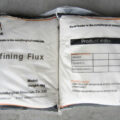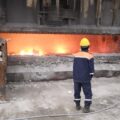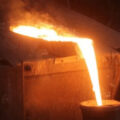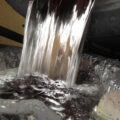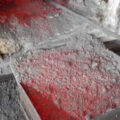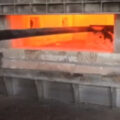In the actual production, we need to adopt reasonable Aluminum Degassing Treatment method to improve the purity of aluminum melt and provide high-quality aluminum rods for the subsequent process. In the melting process of aluminum and aluminum alloy, the surface is easy to be oxidized to form Al2O3, and at the same time, it is easy to absorb gas, especially hydrogen. Due to the existence of hydrogen and oxide inclusions, the purity of the casting bar will be affected, and the defects such as blowhole and slag inclusion will be produced. It is easy to cause the defects of the finished products in the later process, especially for the large ingot aluminum bar, if the hydrogen content is high or the impurity content is high, hydrogen embrittlement and bore mold phenomenon will occur easily in the extrusion process, which has great harm to the product quality and production efficiency.
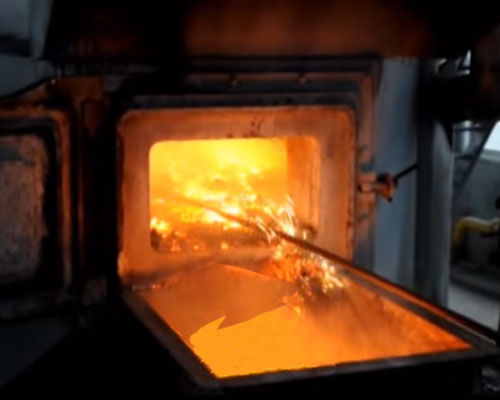
Aluminum Degassing Treatment
In terms of casting properties, with the increase of hydrogen content in aluminum and aluminum alloy, the tendency of forming defects such as porosity, small white spot and small tail increases. The air tightness of castings and wrought aluminum alloy semi-finished products is reduced. The Aluminum Degassing Treatment by online degassing unit is necessary for aluminum foundry.
In terms of heat treatment performance, hydrogen in supersaturated state and combined state is an important reason for secondary porosity and surface blistering of ingot in homogenization and semi-finished products.
In the process of pressure processing, the delamination defects in the deformed semi-finished products increase in proportion with the increase of argon content. The blistering and blistering on the plate surface and the bright scales in the forging are directly caused by hydrogen, but this hydrogen is not only from the ingot.
Recently, the second kind of hydrogen embrittlement has been found in aluminum and aluminum alloys. With the increase of hydrogen content, the brittle fracture temperature range expands, and the transverse section shrinkage decreases significantly, which makes the brittleness increase during forging and rolling. The hydrogen in the alloy is also one of the reasons for pitting corrosion in electropolishing, and makes the surface state worse after turning. In terms of mechanical properties, with the increase of hydrogen content, the strength, plasticity, impact toughness and fracture toughness of ingots and semi-finished products decrease obviously.

